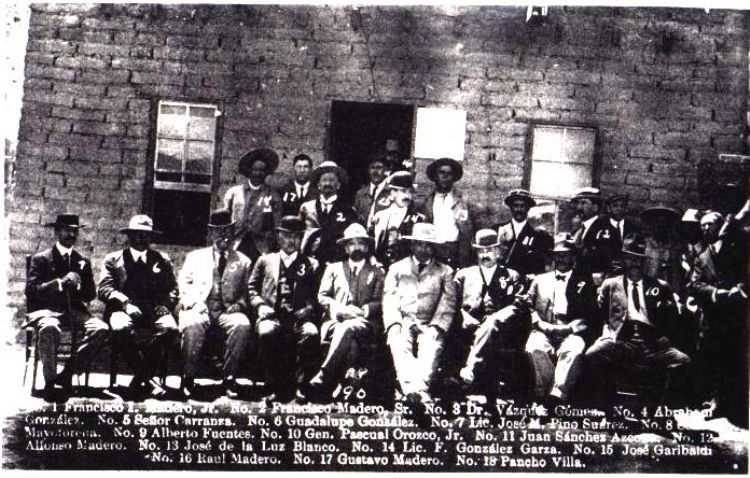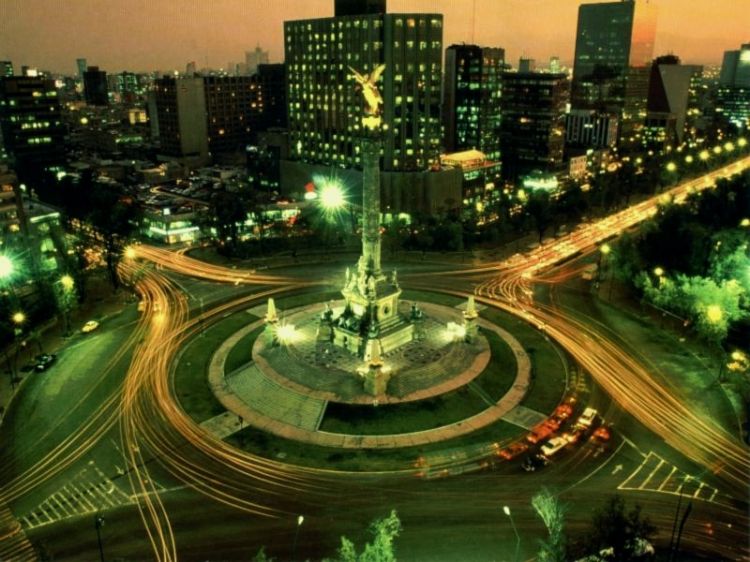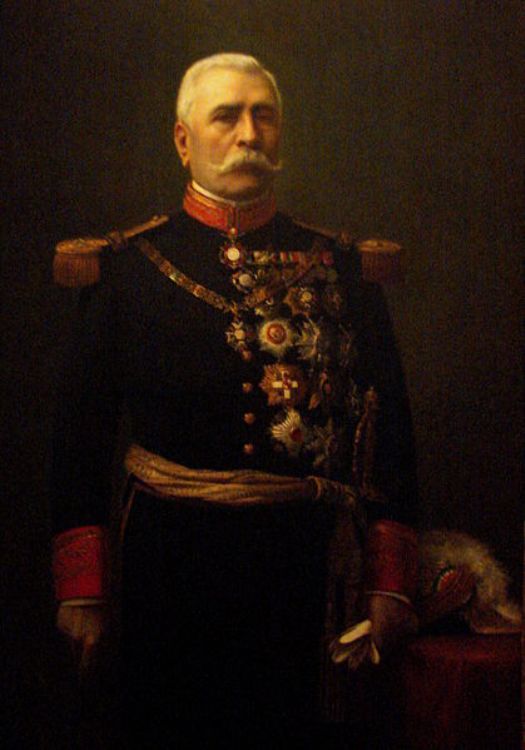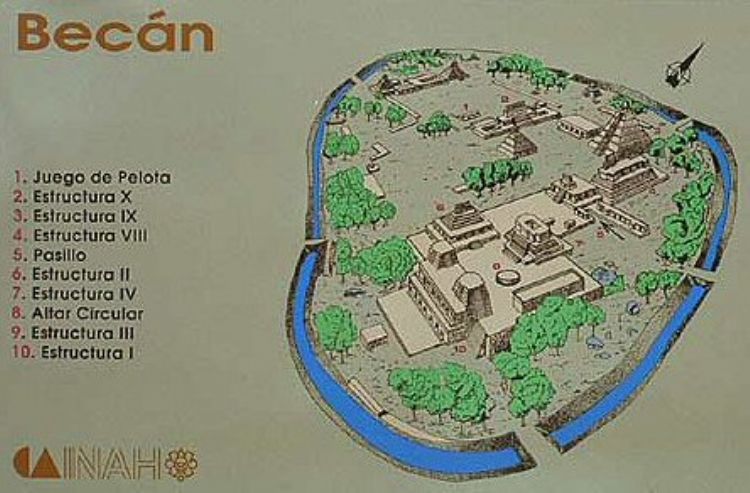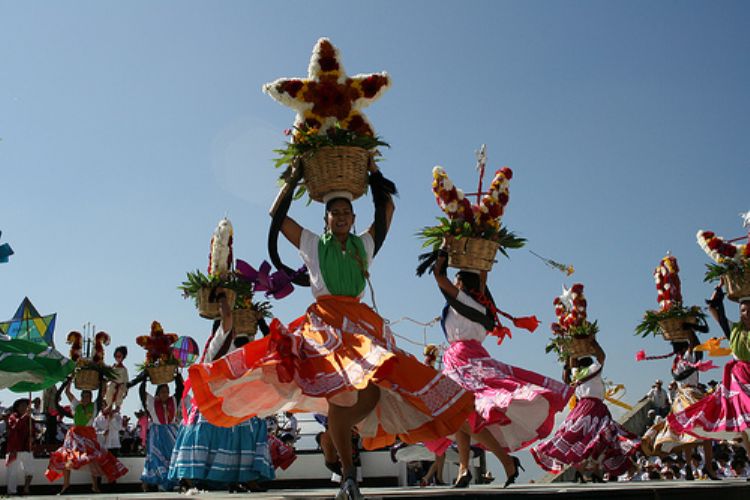Prehispanic Gods of Mexico
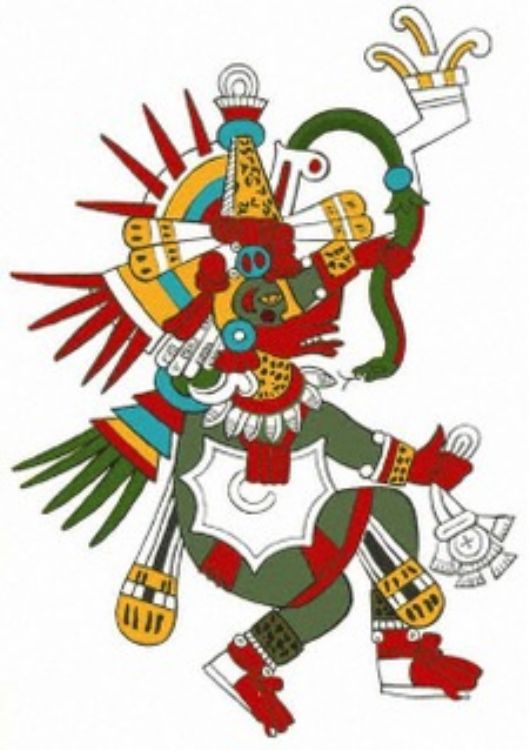
Huitzilopochtli, Nahuatl for âsouthern hummingbirdâ, was the main Mexica deity related to the sun. Upon the arrival of the Spaniards, he was the most worshipped deity. Huitzilopochtli was born from Coatlicue, Mother Earth, who became pregnant from a ball of feathers that fell from the sky. His 400 siblings, upon noticing their motherâs pregnancy, decided to execute him at birth in order to hide her defilement, but Huitzilopochtli was born and killed most of them. He killed his sister Coyolxauhqui by taking the snake of fire as an ax, then took this sisterâs head and threw it into the sky, turning her into the moon. Huitzilopochtli was an eminently warrior god and the one who ordered the Mexica to build the capital of Mexico-Tenochtitlan at Texcoco Lake.
At the center of this great city, the Mexica built a temple with an altar to this god, where they sacrificed prisoners of war in order to feed the sunâs energy.
Coatlicue or âthe one with the serpent skirtâ was the Aztec goddess of life and death, land and fertility; the female part of the universal duality. She was represented by a half woman, half skull face, in honor of the decay that fertilizes earth. Her four hundred children decided to kill her after becoming mysteriously pregnant, but Huitzilopochtli, the fruit of that dishonor, defended her as soon as he was born.
Quetzalcoatl, Nahuatl for âfeathered snakeâ, was the main god within the Aztec culture. His name combines quetzal, a colorful Mesoamerican bird, and coatl, which means snake. Worshiping him frequently involved animal sacrifices and was related to planet Venus. He was adopted by the Maya under the name Kukulcan and is currently the best known Aztec deity. Some Mesoamerican priests and kings took his name to refer to themselves, for which Quetzalcoatl and Kukulcan are also the names of some historic persons. The Aztecs took him as a symbol of death and resurrection, part of the Black and White Tezcatlipoca twins, who together created the world. It is believed that Aztec Emperor Moctezuma II believed Hernan Cortes to be the return of Quetzalcoatl to Earth.
Tlaloc or âliqueur of the earthâ was the god of rain, fertility and water in Teotihuacan and Nahuatl religions, although he was also worshipped throughout Mesoamerica under different names. He was a good god who gave life and sustain, but was also feared for his ability to cause droughts, hail, thunder, lightning, floods and demand the sacrifice of children.
The greatest deity of Maya cosmogony was Hunab Ku, the god creator who gathered the cosmic opposites, representing the permanent evolution of humankind. This god represented the eternal battle between ignorance and conscience and is at the center of the Maya calendar; as a sequence of light and darkness eras.
Chaac was the Maya god associated to water and rain, who they worshipped for good crops. This god lived in the cenotes, which besides being natural water reservoirs throughout the Yucatan Peninsula, were also the entrance to the underworld. Generally, he was represented as an old man with a reptile appearance, holding an ax in the form of lightning.
Iztpapalotl from âitztiliâ for obsidian and âpapalotlâ for butterfly, the one with obsidian blades on her wings, was a Mexica goddess that governed over paradise, associated in popular mythology as a wise old lady and a powerful witch. She fell from the sky wearing an invisible cape so as not to be seen, her fingers were jaguar claws and her toes eagle claws. Among the Chichimeca tribes, she was related to the aspects of sacrifice, death and war on earth.
Article Produced by the Editorial Team of Explorando Mexico.
Copyright Explorando Mexico. All Rights Reserved.
Photo: Photobucket

